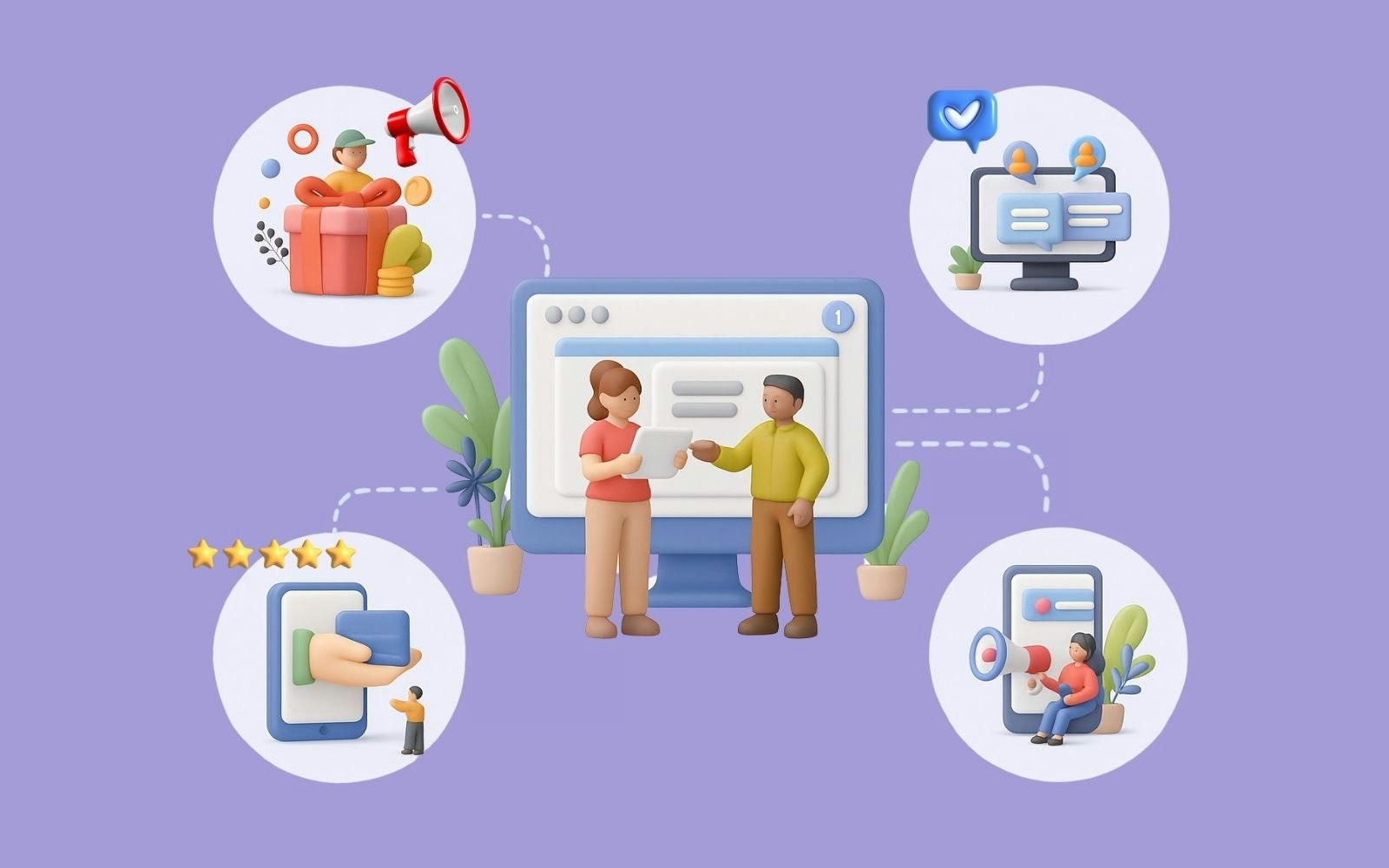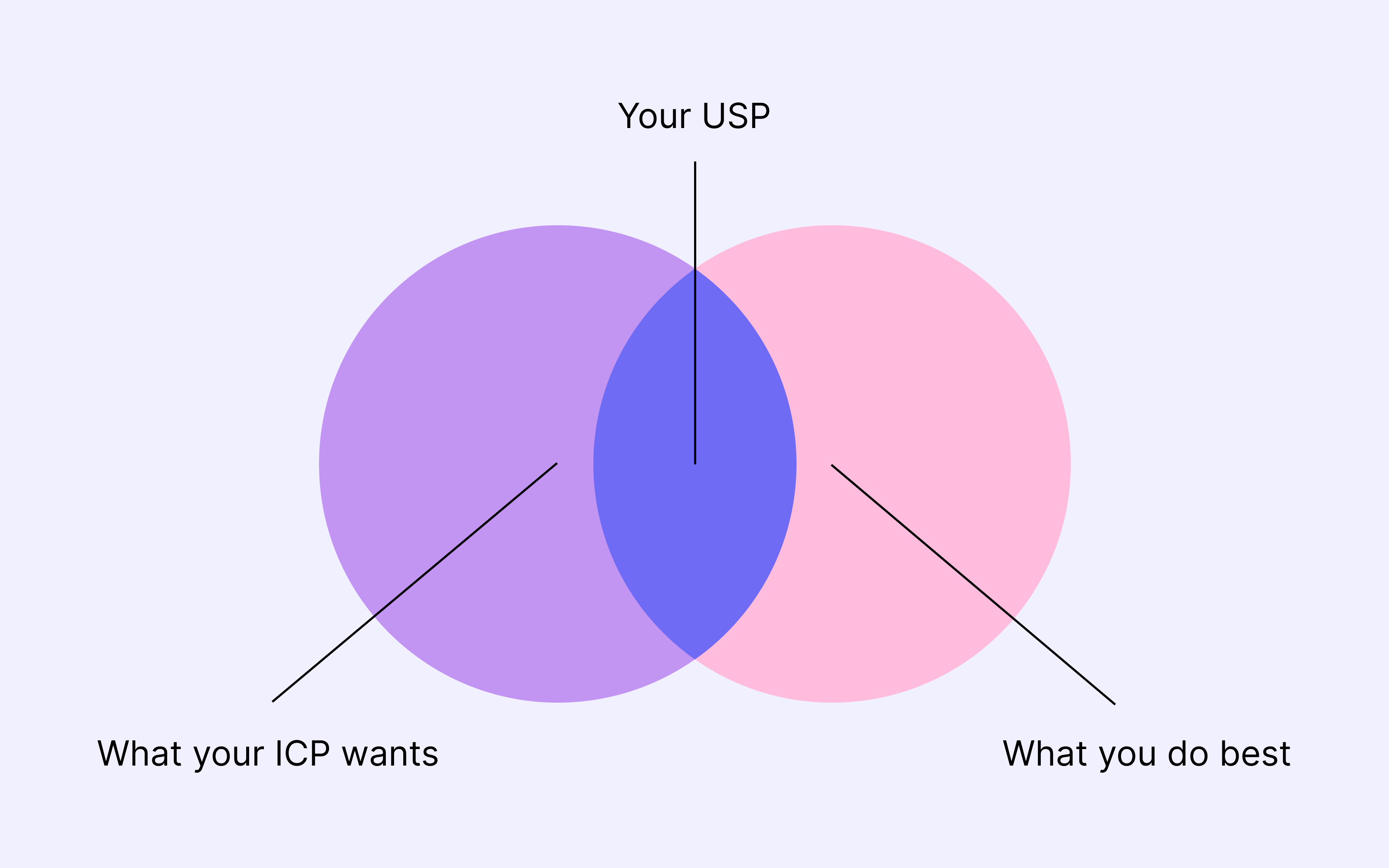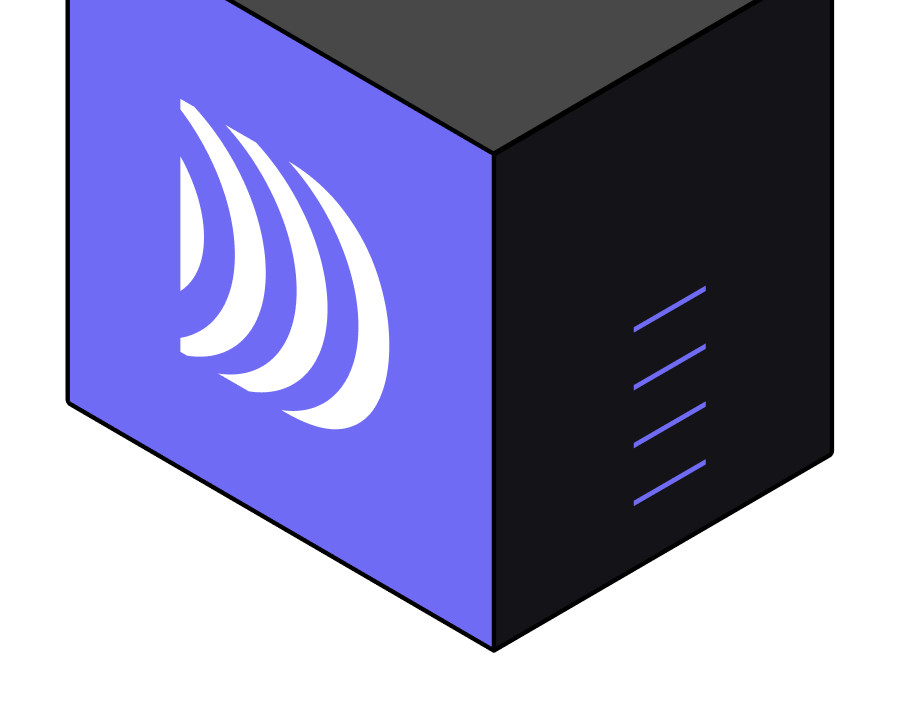
Optimise your conversion rate using data
6min • Last updated on Aug 27, 2025

Olivier Renard
Content & SEO Manager
AI Overviews were launched by Google in May 2024. These AI summaries offer a complete and personalised answer directly on the results page, above the traditional blue links.
An innovation with a double edge for brands. When listed among the sources cited by the AI, their visibility increases. However, according to a study by Ahrefs, the click-through rate on traditional top organic results drops by 34.5% when an AI overview is present.
At the same time, advertising costs have been rising steadily in recent years. In this context, attracting traffic is no longer enough: you must be able to convert every visit.
Key Takeaways:
CRO (Conversion Rate Optimisation) aims to improve the effectiveness of your digital channels by analysing each stage of the user journey.
UX, A/B testing, and surveys: there are numerous techniques to optimise conversions on a website or app.
Data is at the heart of this approach. A successful strategy relies on a deep understanding of your users.
A Customer Data Platform (CDP) enables you to activate customer data to deliver a personalised experience, supporting a comprehensive approach to conversion optimisation.
👉 What actions should you take to optimise your conversion rate? Discover the most effective techniques and the decisive impact of data to boost your performance. 🚀
What is CRO (Conversion Rate Optimisation)?
CRO (Conversion Rate Optimisation) refers to the set of actions taken to increase the conversion rate of a website, app, or any digital channel.
CRO applies across all sectors. A conversion can take different forms depending on the business and the channel, for example:
On an e-commerce site: a purchase or item added to the basket.
On a B2B website: a demo request or a content download (white paper, case study, guide).
On a mobile app: account creation or activation of a key feature.
On a landing page: a click on an offer or a newsletter subscription.
How to calculate the conversion rate?
The formula is simple:
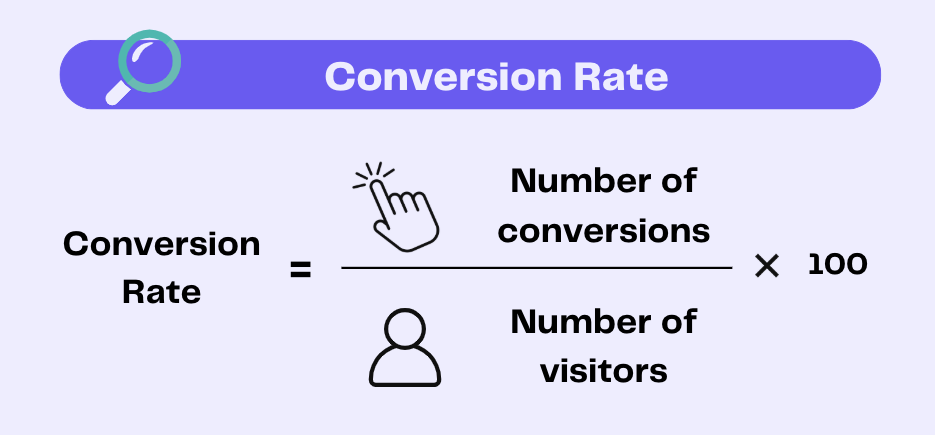
Conversion rate calculation
Let’s say 1,000 visitors view your page. Of those, 25 complete the desired action. The conversion rate is (25 / 1,000) x 100 = 2.5%
Even a slight improvement in this rate can have a direct impact on your revenue. That’s the whole point of a well-executed CRO strategy.
Essential for B2B and B2C
Acquisition costs have significantly increased in recent years. Every visit to your site or app matters! It’s no longer just about attracting users but about converting them into customers, leads, or active users.
A strong conversion strategy eliminates friction points, streamlines journeys, and makes interactions smoother. It allows you to grow revenue without increasing spend on acquisition.
💡 This approach is not exclusive to e-commerce. In B2B, a higher conversion rate means more qualified leads and more business opportunities.
In retail, CRO relies on a deep understanding of your users. By leveraging your first-party data, you can adjust journeys and experiences to better meet customer expectations.
👇
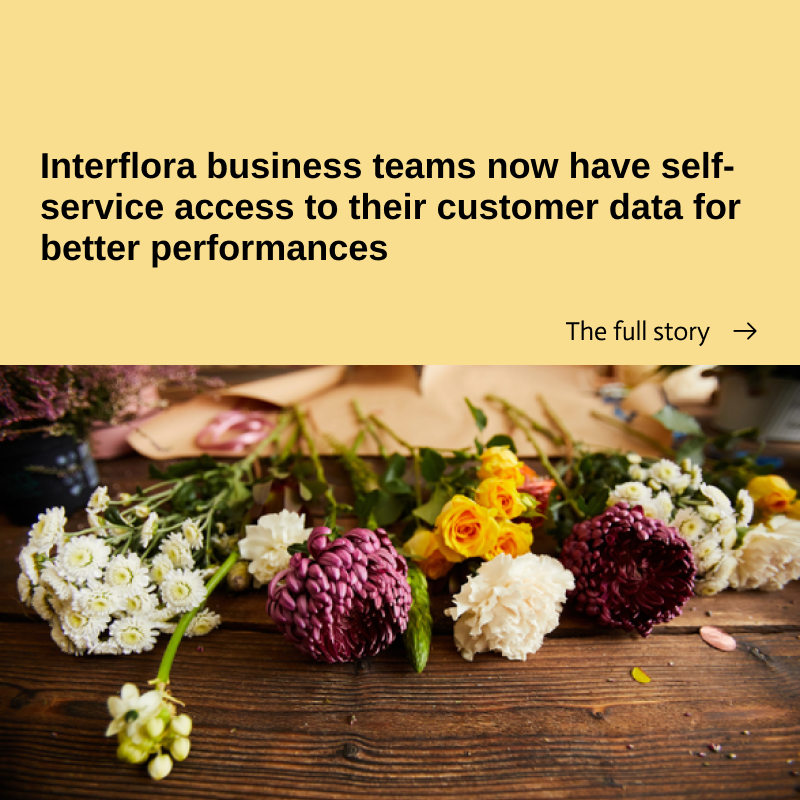
Using data to drive conversions
The main levers for optimising the conversion rate
A CRO approach involves several steps. Once your main conversions are defined, it's time to analyse and test your hypotheses.
UX optimisation and reducing friction points
The first factor in conversion is the user experience (UX). A slow site with poor navigation or non-mobile-friendly design discourages visitors.
Unlikely they’ll complete a purchase or fill in a form.
Key elements to monitor:
Loading time: above 3 seconds, bounce rates spike.
Responsive design: interfaces must work seamlessly across mobile, tablet, and desktop.
Simplified journeys: fewer clicks = fewer drop-offs in the conversion funnel and greater impact.
Main tools to get insights and identify areas for improvement:
Hotjar, Clarity, or Smartlook to generate heatmaps, highlighting the most-clicked areas.
Session recordings (Contentsquare, Crazy Egg) to observe actual user behaviour.
Scroll depth tracking (GA4, Matomo) to measure reading depth.
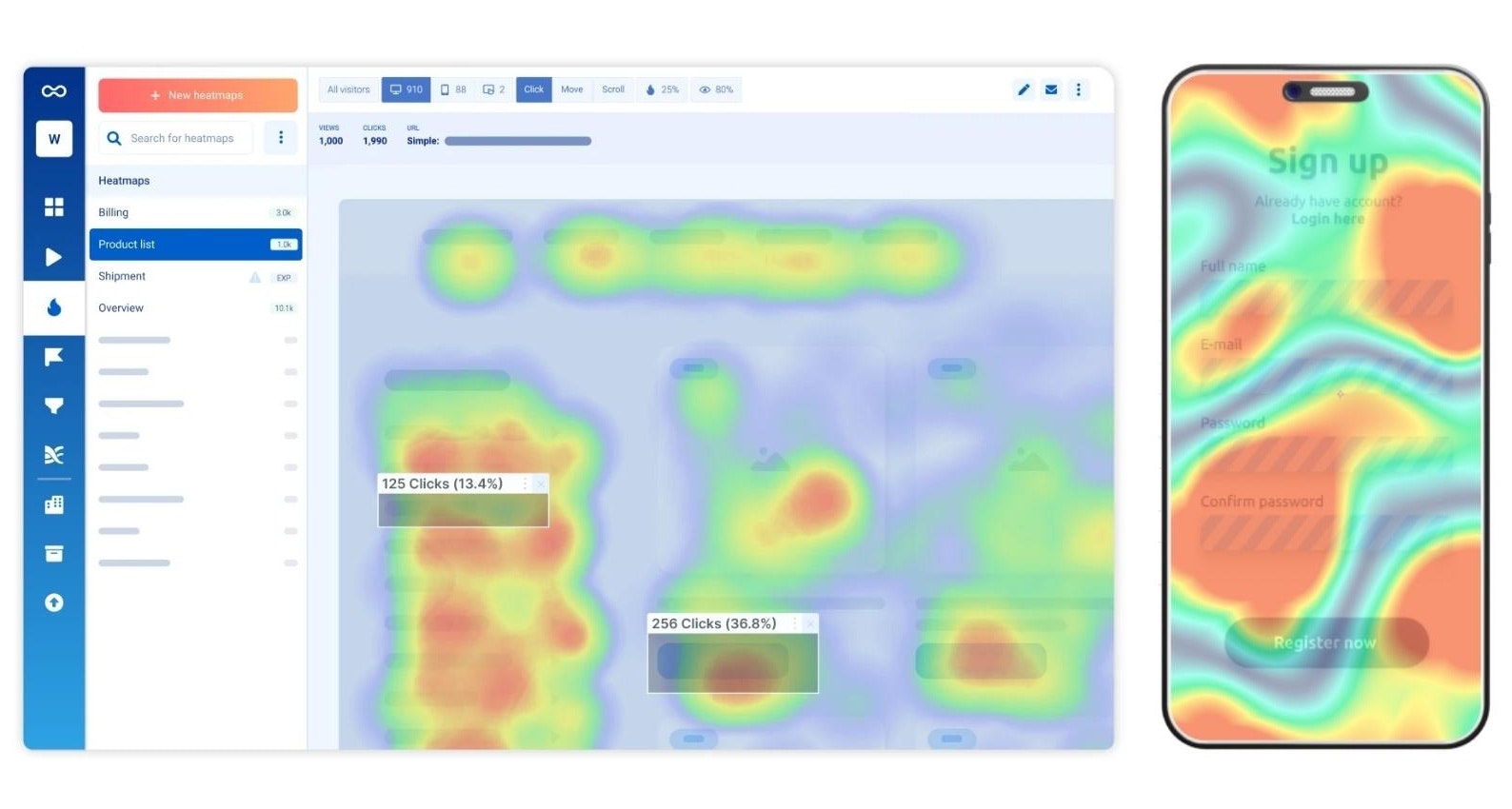
Heatmap examples (credit: Smartlook)
A/B testing and a test-and-learn mindset
The goal here is to validate what truly works. An A/B test randomly presents two versions of a page or message to identify which one converts better.
Common examples: changing a call-to-action (CTA) button, altering a banner, updating an icon style, or reordering a form.
Each test should be based on a clearly defined hypothesis. If you believe a new visual could increase the click-through rate (CTR), try it.
Optimizely, AB Tasty, or Kameleoon are tools to run these tests. For meaningful results, only change one element at a time and wait for statistically significant data.
Segmentation and personalised targeting
As regular readers of our blog know: to optimise your conversions, it’s essential to deliver tailored experiences to each profile.
A new visitor, a loyal customer, or an inactive user won’t have the same expectations. With accurate segmentation, you can personalise the message, timing, and communication channel.
Data plays a central role in this large-scale personalisation.
💡 DinMo’s Customer Data Platform lets you build dynamic, no-code segments and activate them across your marketing stack to drive high-converting experiences.
Omnichannel CRO: Go beyond the website
When discussing conversion rate optimisation, we often think about websites. In the era of AI agents, zero-click search, and omnichannel experiences, conversion optimisation goes far beyond your site.
Email, mobile apps, social media, CRM… Every customer touchpoint is an opportunity to increase your marketing effectiveness.
This is the essence of an omnichannel CRO strategy: delivering a coherent and seamless experience across the entire user journey.
Take the example of a CRM scenario. An upsell campaign can double its click-through rate if well-targeted, sent at the right time, and via the appropriate channel.
The same goes for a push notification post-onboarding or an abandoned cart reminder. As for social media, they represent a powerful lever for increasing conversion on your landing pages.
By combining behavioural signals (browsing, purchase history, email engagement), a Customer Data Platform enables highly tailored scenarios.
With a deeper understanding of users, your campaigns become more relevant and convert better.
That’s how our client Interflora saw a +32% average increase in cross-BU conversions.
The value of a Customer Data Platform in your CRO strategy
A Customer Data Platform strengthens your ability to optimise conversions across all channels by relying on unified customer profiles.
Identity resolution
A CDP unifies data from multiple sources: website, app, emails, in-store transactions, etc. This 360° view of the user journey lets you identify and remove barriers to conversion.
With the gradual disappearance of third-party cookies, it’s essential to leverage your first-party data. This proprietary data is valuable: it helps you understand user behaviour, detect intent signals, and personalise the customer experience.
Create dynamic segments autonomously
With automatically updated segments, adjust your campaigns based on customer profiles: purchase recency, visit frequency, or engagement level.
This might involve tailoring communication based on the conversion journey stage. For instance, a cold lead in B2B should not receive the same message as a VIP customer.
💡 With DinMo, these segments are built no-code, directly from your data warehouse, then activated across your CRM, email, or advertising tools.
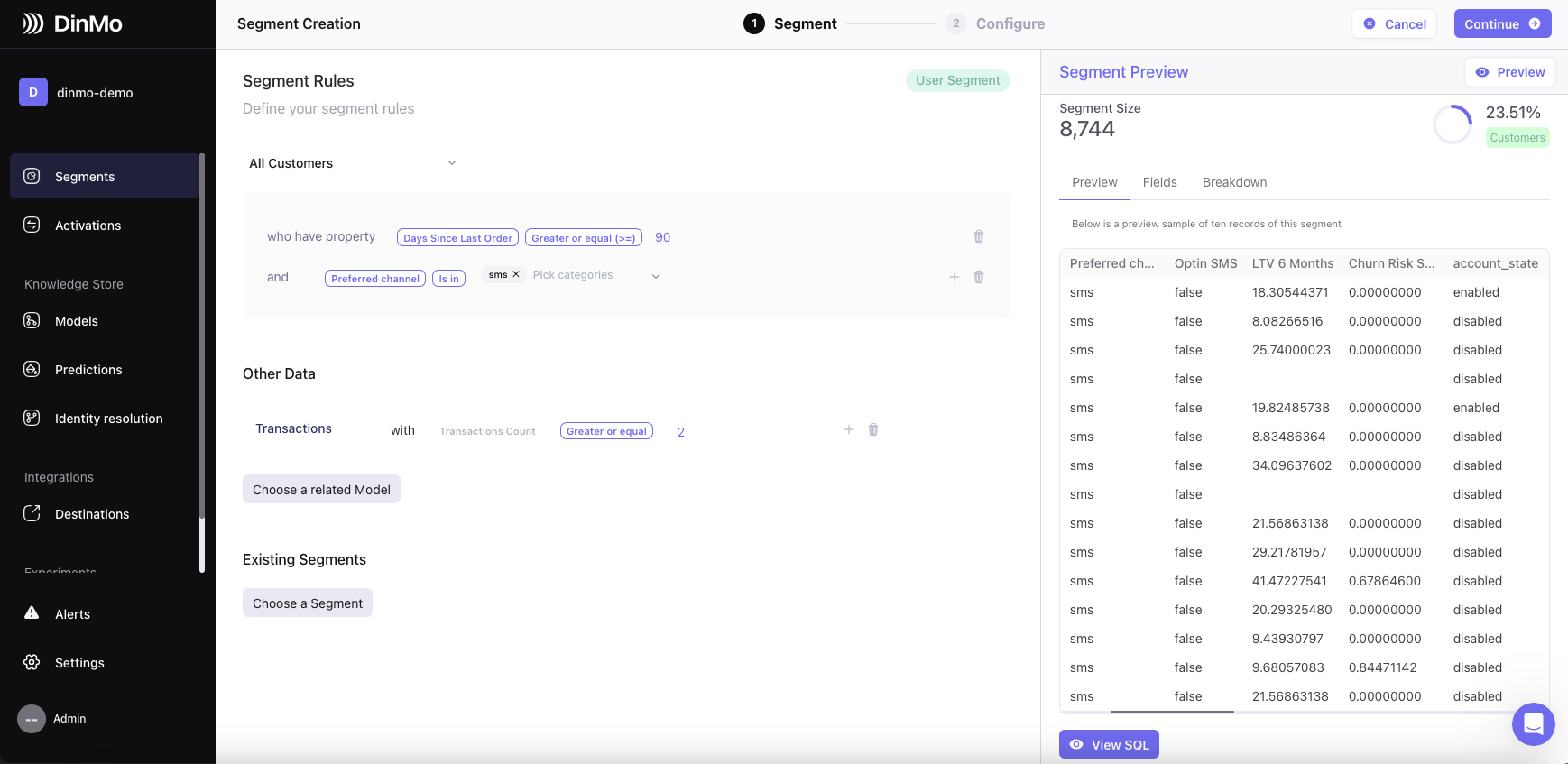
Visual segment builder DinMo
Measure beyond the click: focus on CLV
A CRO strategy isn’t just about short-term goals like clicks or immediate purchases. It’s about maximising customer lifetime value (CLV).
DinMo helps improve LTV and extends the impact of your marketing well beyond the first conversion: reducing the churn rate, re-engaging inactive customers, or suggesting the next best offer. Our CDP helps you optimise your conversions for both acquisition and loyalty.
Conclusion
Conversion Rate Optimisation is far more than a one-off adjustment. It’s a long-term lever to improve your marketing performance.
It’s a predictive, data-driven strategy that delivers a better experience.
👉 With DinMo, you turn your data into concrete actions to optimise every stage of the journey. Discover how our composable CDP helps you boost your conversions.
FAQ
How can a CRO strategy be adapted for an e-commerce site vs a B2B site?
How can a CRO strategy be adapted for an e-commerce site vs a B2B site?
In e-commerce, CRO often focuses on reducing friction during the purchase process (navigation, basket, checkout).
In B2B, it’s more about optimising lead generation (through forms, demos, or high-value content).
In both cases, the key remains the same: understanding user expectations and tailoring each step of the journey to maximise conversion.
What are the best practices and common pitfalls when implementing a CRO strategy?
What are the best practices and common pitfalls when implementing a CRO strategy?
Take a step-by-step approach and start by observing before taking action: analyse the data and identify points of friction. Test one hypothesis at a time to draw reliable conclusions and make sure your promises match the post-click experience.
Avoid rushing to conclusions or generalising without sufficient data. Track the right metrics over time, following a data-driven approach.
CRO is a continuous process, not a one-off test.
What are the main KPIs to monitor in CRO?
What are the main KPIs to monitor in CRO?
The indicators vary depending on your objectives, but some are essential: the conversion rate, of course, click-through rate (CTR), bounce rate, time spent on page, cost per conversion, and Customer Lifetime Value (CLV).
Regularly tracking these KPIs allows you to adjust your actions to sustainably improve performance.



















